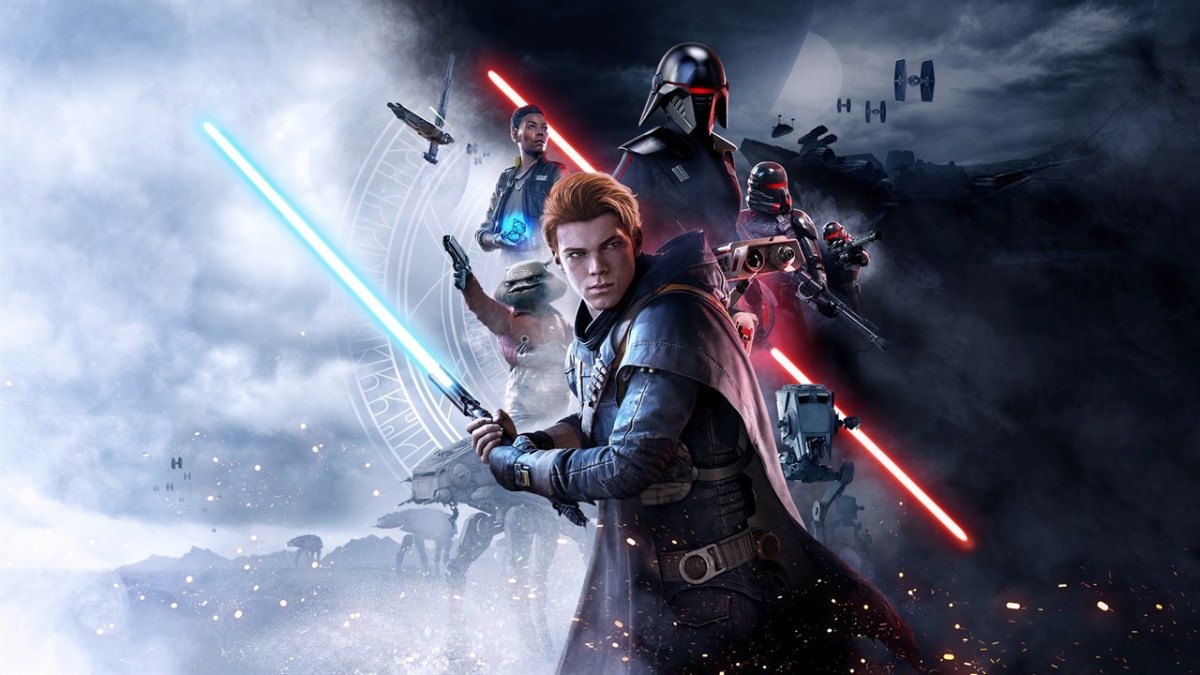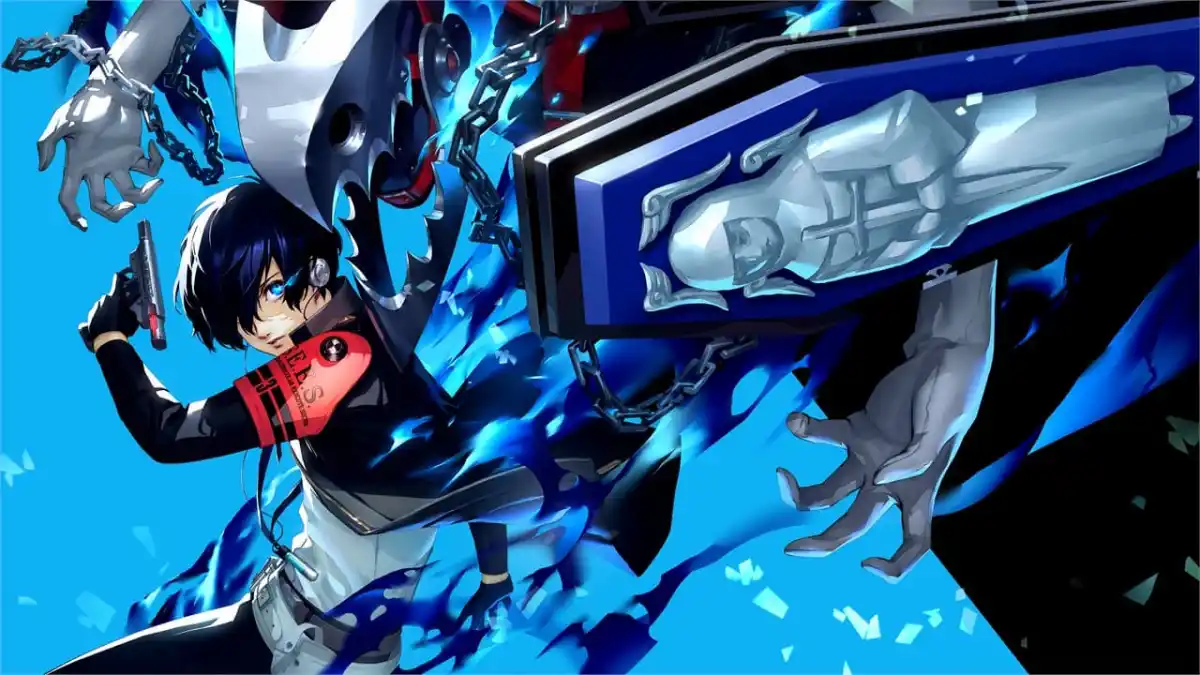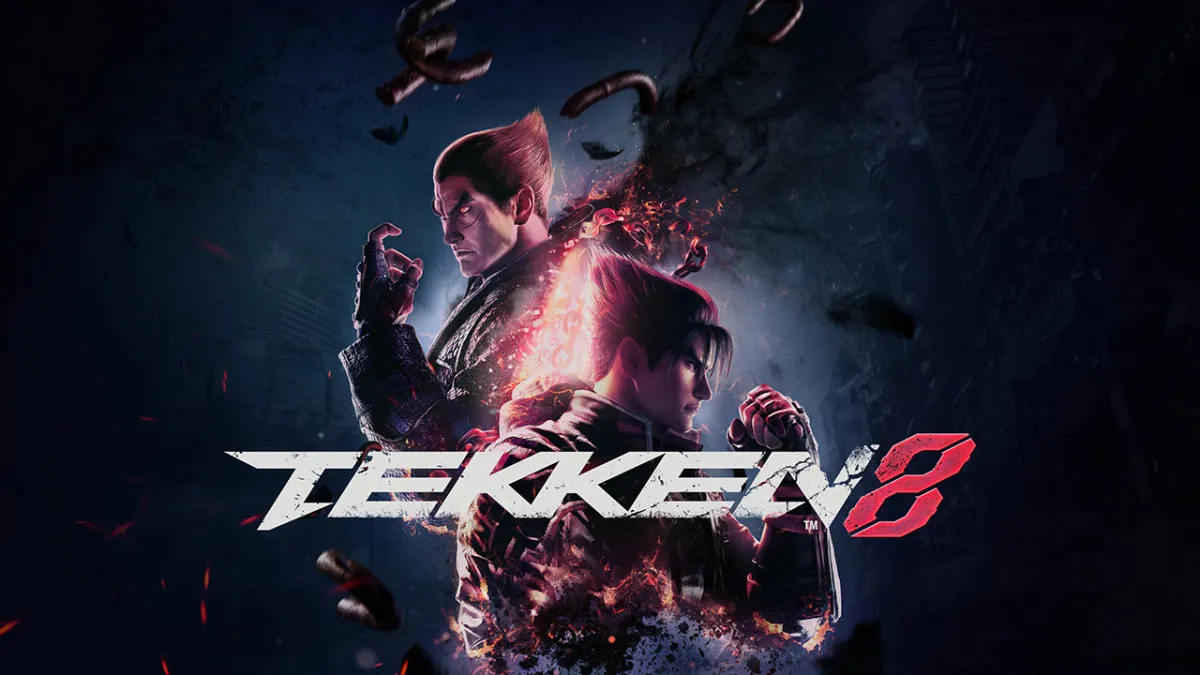It may sound reductive, but saying Star Wars Jedi: Fallen Order was our last hope of EA ever making a decent Star Wars game isn’t exactly off the mark. After the mediocre reception of the first Star Wars: Battlefront, and the outright disastrous launch of the sequel, fans had damn near given up on the massive publishing house ever producing a Star Wars title that was not only good, but not anchored down with bullshit micro-transactions.
Furthermore, EA has released a mere two games in the five years since they acquired the Star Wars license. EA didn’t help themselves, or their image, after they officially canceled the long-rumored “Ragtag” (as well as the game that nearly rose from its ashes) earlier this year – when Fallen Order was simply the “rumored Respawn Star Wars Project”. There were calls to remove the license from EA as it appeared fan patience with the company had been exhausted.
Then came Celebration, and EA finally allowed Respawn to share what they were working on. The early tease stoked interest, but the actual gameplay reveal at E3 left many worried the game would be feature lackluster combat, and linear environments like a lesser-Uncharted. It wasn’t until Respawn released a much lengthier gameplay trailer that fans started to warm up to the game, but they remained wary. And why not? EA’s track record was so lackluster that even a studio as well loved as Respawn was viewed with doubt.
Here we are, all these months later, with the game available to play (and on Steam, no less)! After devoting over twenty-hours to the title I’ve stepped away from it rather stunned – bewildered even.
This is the best damn Star Wars game I’ve played in ages. Though it does have it faults (it won’t be unseating KOTOR, for those wondering), the combined gameplay influences, slick story, and attention to detail make Star Wars Jedi: Fallen Order a worthwhile adventure.

Fallen Order is about trauma, and those who survive it.
Set five years after the the Emperor set into motion the systematic purge of the Jedi with Order 66, players find themselves on the scrapyard planet of Bracca, where a young padawan named Cal Kestis has been in hiding. Cal remains haunted by the events of that day five years ago when the clone army turned on the Jedi, and it’s clear from the outset that this will be a story about survived trauma.
After saving a friend from certain death with his force powers, Cal is immediately set on the run as the Sith Inquisitors paint him as their next target. Cal is rescued by a fellow Order 66 survivor, Cere Junda, and the two of them spend a large portion of the game reflecting on, and overcoming their grief and guilt.
Even the supporting characters have their own traumas they silently drag alongside them, with each new additional member of the cast providing yet another angle in which we, the player, can see into how absolutely screwed the whole Imperial takeover ended up being. We tend to forget that it wasn’t just the Jedi who were made to suffer at the end of the Clone Wars, and Fallen Order wants to remind us of this important fact by sharing the aftermath of these traumatic events via those who survived them, showing how these scarred survivors interact with Cal as he learns to overcome his own traumas.

While Fallen Order maintains the levity and humor one would expect from a Star Wars title, it isn’t concerned with being a power fantasy; not at first. Cal was a young man and fledgling padawan when Order 66 was carried out, and the early game makes this evident as he slowly reconnects with the Force, after having been nearly cut off from it in his attempts to ignore the pain of his past. It is here that Cere acts as both his mentor, and his foil. Unlike Cal, she has cut herself off from the Force entirely, afraid of what may happen if she allows it back into her life. As Cal grows stronger and more confident, Cere is made to reckon with her own ordeals, and it is in this relationship that the story in Fallen Order proves itself as one of the better additions to Star Wars canon.
We’ve had plenty of starship battles, massive journeys set across the entire galaxy, and every other Star Wars fantasy brought to life in both games and film (though, certainly more in film than in games these last few years), so it was refreshing to have a story more concerned with the people who have been made to live within this dire Imperial regime, than another montage of set-pieces. This is a tale more about the people, than the conflict at large (though, that does feature in).
That’s not to say Star Wars Jedi: Fallen Order isn’t without set-pieces – there are a few scenes of bombastic spectacle – but they are used to punctuate moments in the story, not smother it. What Respawn has delivered here is a somber tale, and they deftly keep it from becoming moribund by ensuring that the franchise motiff of “hope” is ever present. There is a Holocron acting as the MacGuffin here, but what it contains give Cal and Cere hope for the future. The progress Cal makes reconnecting with the Force is a sign that things can indeed get better. The game entwines the themes of trauma and hope together in such a way that throughout the entire tale I never felt one element smothered the other. This is a deeply human story, and a well written one at that.

Combat is familiar, yet flexible.
While having a great story is important for any Star Wars single-player game, it can only paper over poor gameplay for so long. While Star Wars Jedi: Fallen Order may not do anything novel or daring with its systems, the complete package is surprisingly fun, and the disparate genres Respawn has merged together here work rather well in tandem.
To start the recipe, Respawn has taken queues from the recent boom of Soulsborne influenced action-games. Combat isn’t about pulling off flashy combos with the lightsaber; combat is slower and more deliberate, with an emphasis on blocking, parrying, and dodging. When Cal is swarmed by multiple enemies he will falter if you do nothing but press the offensive, and while he certainly becomes more confident and powerful as the game progresses, later enemies and bosses force Cal to be mindful of when he chooses to attack. New Force power upgrades and lightsaber attacks do open the combat up as the game progresses, making it richer and more fulfilling, but the emphasis on defense over offense never quite disappears.
To compliment this Souls-esque combat mantra, Respawn has intelligently implemented four well constructed difficulty options that transparently display what they affect in the game. There are three categories: Parry Timing, Enemy Damage, and Enemy Aggressiveness. At the lowest difficulty – Story – Parry Timing is so loose that Cal can block at any point during an enemy attack to trigger a parry, and Enemy Damage and Aggressiveness is so low that foes may as well be tickling him. Crank the difficulty all the way up to Jedi Grandmaster, however, and the opposite occurs: Parry Timing has to be utterly perfect, enemies hit like crashing moons, and your foes will press their attacks relentlessly.

What this means is combat can be as brutal as a true Soulsborne if you wish it, or more forgiving as you move down in difficulty. This game can very much be “Baby’s First Dark Souls”, as some like to joke, which is a boon for this style of combat. It’s more accessible to more players (which, this being a Star Wars game, you know was a key tenant for the game going into production), while offering those who love a good challenge the chance to pursue one. And, since difficulty is not tied to any achievements or unlocks, Respawn allows you to change it freely, so long as you are not in combat.
What this means is for a player like myself who replays Bloodborne at least once a year I can crank up to Grandmaster difficulty and have a fine time with the tools available to me, or if I want a similar experience that isn’t as unforgiving I can drop down to Jedi Master. If someone can’t get precise parrying down then they can still enjoy this game at a difficulty that matches their skill level. Enemies don’t see an increase in health either, so the player looking to suffer won’t be penalized with longer fights in an attempt to arbitrarily increase combat difficulty. The combat itself is good, and really only becomes great after you invest skill points into your lightsaber and Force powers, but it’s the difficulty scaling in Fallen Order that makes it feel better than it has any right to be.

Star Wars-Vania.
As fine as the combat is, where the game truly shines is in its environments and level design. Star Wars Jedi: Fallen Order is a Metroidvania through and through, with the holographic map your companion droid BD-1 provides looking eerily like the one found in the Metroid: Prime series. Not that I’m complaining: in a genre that touts backtracking as a marquee-feature it’s nice to have a map that tells me outright where I can and cannot currently go.
That, of course, ties into the various upgrades you’ll acquire for both Cal and BD-1 throughout the game. See a door that needs to be sliced: you’ll need to repair BD-1’s Scomp Link, which becomes accessible after you learn Force Push for Cal. It’s these interlocking abilities and map design that makes exploring in Star Wars Jedi: Fallen Order feel decadent, and the stellar environmental design further sells the Star Wars fantasy. From exploring downed starships, Imperial bases, the deadly Shadowlands of Kashyyyk, and the oppressive wrongness of Dathomir, each planet and location feels unique in its flavor and tone.
They all become more wonderful as you slowly peel them open with newly acquired abilities, and you are rewarded for poking your nose around in true Metroidvania style. Additional healing stims, upgrades to max health and Force, experience and lore rewarding Force Echoes, and a bounty of cosmetics are all tucked away within environments that reward the persistence player who backtracks. Hell, a wealth of free cosmetics in an EA game feels like a minor miracle at this point, and the game is absolutely littered with them; no micro-transactions in sight.

That all said, it has to be noted there is no fast travel system in this game: where you last meditated is your checkpoint (for the majority of instances), and if you want to get anywhere you are doing so on foot. Mercifully, the environments feature a healthy amount of shortcuts, and as you gain more abilities the more you’ll have access to.
Meditation is vital in Star Wars Jedi: Fallen Order for a few reasons, but the largest of which is that it’s how you save. Dotted across the map are multiple meditation points, and unless you kneel at one the game won’t save your progress (again, a couple exceptions to this do exist, but they tend to revolve around cutscenes). Furthermore, meditating is how Cal levels up and replenishes his health and stims (another Soulsborne ingredient in the mix).
What’s novel about this system is the fact that you don’t have to rest at a meditation site. Merely interacting it will trigger the save, and a second prompt is required if you wanna heal. Why is this important, you may ask? Because, Respawn also adopted the enemy respawn/lost experience mechanic from the Soulsborne genre. By making the prompts to save, level-up, and rest separate, it allows players just trying to make their way back somewhere safe able do so without bringing every baddie they murdered back from the grave.
These elements all add up and give Star Wars Jedi: Fallen Order a fantastic sense of progression and advancement. Sadly, there was one area in the game I felt a bit underwhelmed concerning exploration.

Temples feature fine puzzles, but there are too few of them.
The last ingredient in this genre-mashup of a game is the inclusion of classic Legend of Zelda-style dungeons. While these temples are no where near as complex in execution, they do evoke the same puzzle-solving spirit: enter a labyrinthine environment, use existing skills to reach a new skill, then use new skill to complete puzzles in dungeon. The handful that exist in Star Wars Jedi: Fallen Order are routinely good. Never exceptional, considering they can be completed rather easily if you don’t want to look for secrets, but good.
What bummed me out was how few of them there were. Maybe it’s because the Metroidvania style map can constantly feel like one giant-ass dungeon in and of itself, but these sequestered moments were more focused on puzzle solving than any other element in the game. I enjoyed that change of pace, and was a touch disappointed to see only a few in the game. This feeling wasn’t helped much by the time I reached the “final” temple, which ended up being a corridor that led to a boss fight, and not much else.
To be honest, this is a minor nitpick. A selfish one, really. It speaks to the quality of the game overall when I wanted more temples to explore by the time I finished the game. Thankfully, after completing the final chapter you can resume right where you left off, and explore for missing secrets and chests (information the map liberally shares with you), so those who wish to spend more time in this world certainly can once the curtains close.

A note about performance, and the final verdict.
Not all is well in the Galaxy. For every mechanic Respawn has expertly borrowed and implemented in Star Wars Jedi: Fallen Order, there is a performance issue to match. The game isn’t a terrible performer – I’ve certainly seen far worse – but it has issues that need to be addressed. To start, the frame-rate has a habit of frequently stuttering and hitching when entering a new area, or in the heat of combat (which, if you are playing at higher difficulties, can lead to a swift, cheap death). This problem is found on all the consoles and PC, and even with my 1080 ti, I’d find myself running at a smooth 144 frames-per-second, only for it to tank to the low 50s for a split second. Data streaming is a known issues with the Unreal Engine, and it’s evident in Fallen Order.
The issue is not frequent enough to be problematic, considering it largely occurs when transitioning between areas on the map, but it is noticeable, especially when paired with the obvious texture and object pop-in. On base consoles, which are already running the game at a lower frame-rate, this issue has caused much consternation. Furthermore, if you have an Xbox One X or PS4 Pro, then I have bad news: Performance mode doesn’t seem to actually boost performance all that much as compared to the graphical tax incurred, as Digital Foundry found out. Console load times are also reportedly quite long, even with an SSD installed.
None of these are deal-breakers, and Respawn is already busy working on ways to improve and address concerns, but these are issues worth knowing about before you jump in. The game can look pretty damn great at Epic settings, but it comes at a cost the consoles can’t quite pay. Fallen Order is a fine looking game, but console players expecting it to look and run as it did in those E3 demos will come away disappointed. It runs well enough and looks good, just not that good.

Ultimately, that sums up Star Wars Jedi: Fallen Order: it’s a game where fan expectations have been wildly all over the galactic map. Yet, at the end of the day, Respawn has crafted a well-built Star Wars game that is fun to play, tells a smart character-driven story that adds to the larger canon, and is a joy to explore. It may be disappointing to those who wanted Respawn to chart brave new territory, or to try something bold and daring, yet Fallen Order truly is the sum of its parts.
After the fiasco that was Battlefront 2, and the PR mess EA found themselves mired in these last few years, maybe safe and well executed is what we required from a new Star Wars game. Respawn did nothing to reinvent the wheel, but instead married a bunch of popular gameplay genres together into a cohesive whole, wrapped up a in well-crafted Star Wars story. It may not be KOTOR levels of greatness, but it’s good.
And I think that’s exactly what fans needed right about now.







